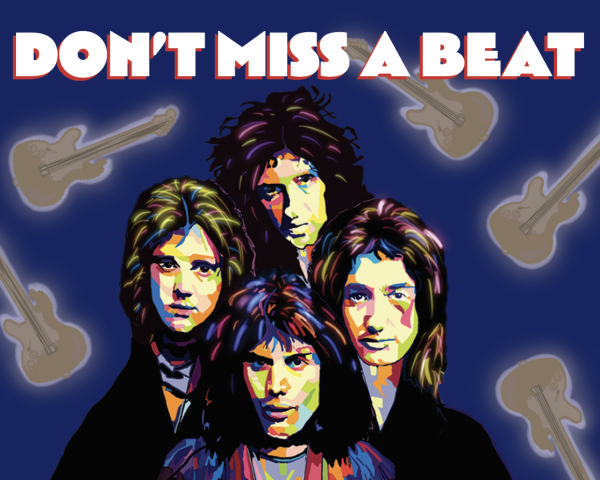Garden Sculptures
3 MIN READIn Palo Alto, residents have sculptures and art displays that go beyond your average lawn gnome and flamingo combination. We’re talking fantasy worlds of mystical creatures and unorthodox creations. Here’s your chance to find out more about Palo Alto’s unique features and learn the mysteries of the town.
GARDEN OF MUTH
On a trip to Santa Fe, New Mexico, Jeanne and Larry Aufmuth found the cactus that now watches over their front yard. On a different trip to Minnesota, the couple found a rooster sculpture they instantly fell in love with. “After a couple of months,” Jeanne said, “the rooster finally arrives, and the artist pulls up in a truck, and says, ‘Oh, I see you have my cactus.’”
This serendipity has made the Aufmuth garden the fun, whimsical landscape it is today.
Spread throughout the yard are little pigs, smaller roosters, a bottle tree and a giant dragonfly named Depepea that rotates in the wind. There’s an elephant from India, a scrap metal animal, a frog on the wall, a buddha, an ant and a large flower hidden in the bushes.
“Whenever we see a sculpture that we love, we just think, ‘We’ll find a place for it.’ We’re not done, but we’re going to run out of room eventually,” Jeanne said with a laugh.
For the Aufmuths, each piece adds happiness and character to the garden.
“Our dining table looks out over where Depepea is, and that’s where I face when we eat. He’s sort of part of my day.”
ROCHELLE FORD
Everything in Rochelle Ford’s yard is made out of recycled materials. At age 58, Ford quit her job running an international nonprofit and taught herself to be a welder. Since then, people have brought things like wrecked car parts and old trashcan lids for Ford to weld into sculptures.
“My instruments use 6,300 degrees of heat — twice the heat of the sun,” Ford said. “I use those materials to cut out all the metal, so I draw with fire.”
Placed throughout her yard are pieces made of old wine barrels, an angel made out of an old water heater and a pregnant woman fused from melted metal.
“I know exactly what I want to do,” Ford said. “The metal kind of tells me what it wants to be. My favorite piece? The one I’m trying to do next.”
When asked about her motivation for becoming an artist, Ford was introspective. “It’s the last thing I wanted to do before I died,” Ford said. “You have to fulfill your dreams. My friend was dying of cancer, and she told me, ‘Don’t die wondering.’”
One might wonder what a woman of her energy and confidence can’t do.
“I can’t draw,” Ford said, smiling. “I can’t draw with a pencil, but I can draw with heat. It takes two types of energy to make my pieces. It takes my masculine energy to do all the heat work, and with my feminine energy, I can do all the finishes — I can paint and make everything look nice. When I wake up in the morning, I ask myself what I’m going to do today. Sometimes it’s welding, sometimes it’s the finishing.”
Ford still organizes shows, alerting thousands of guests on her mailing list when she does. Even when there isn’t a show going on, her gallery is always on display.
“People literally knock on the door. They bring out-of-town guests, and every week somebody will come by and they’ll have a piece they want to buy or they’ll bring in a piece of metal that they want made into something.”
STELLING HAUS
Stelling Haus is a home that also functions as an outdoor museum. Built by Charles Stelling in the early 1900s, the blue and white roof peeks over the fence facing the street. Horseshoes from the horses that worked on the farm now hang on the fence as hooks. Chickens, ducks, cows and pigs also inhabited the Stelling farm. The collection also includes short saws, axes, clamps, a pitchfork, milk jugs, chains, a harvest sickle, egg-sorting trays, barrels, cooking pots, a wheelbarrow, a scythe and a millstone.
Fred, Stelling Haus’s resident of 15 years and the artist behind the house’s gallery-like decor, created the display to bring history back into the community. “Stelling would bag ducks and pheasants for dinner,” Fred said. “People nowadays don’t know what the old way of living was like. People used to take care of nature instead of exclusively taking out of it. It pains me to see litter in the streets and kids and computer-people throwing everything away.”






